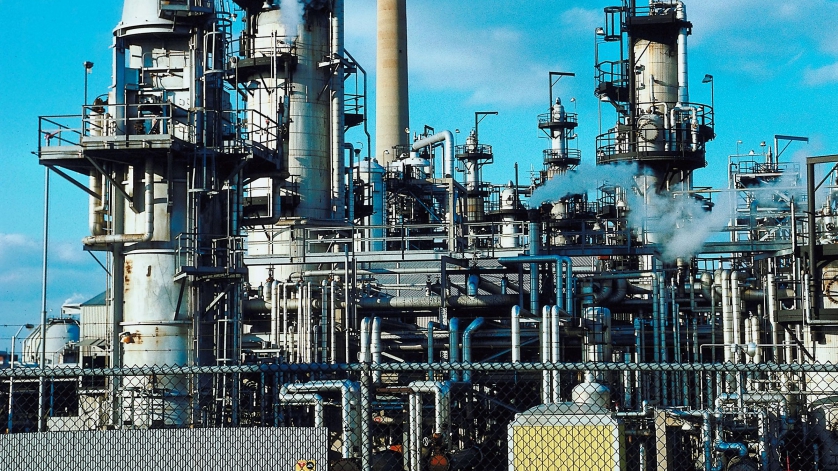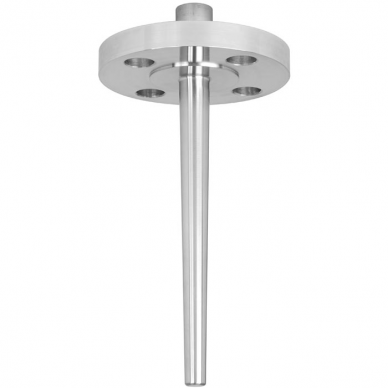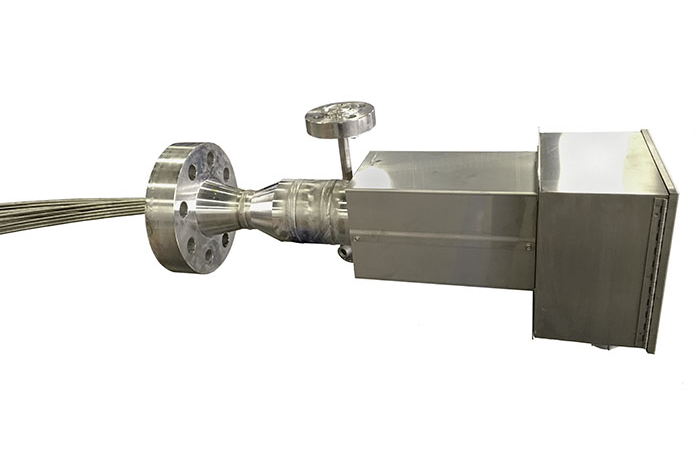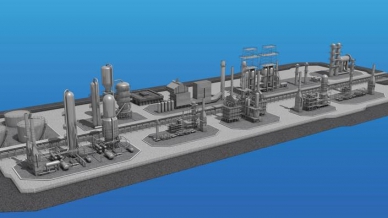
Each temperature measurement system on the market has its particular features and limitations. When deciding which ones to use in syngas plant reactors, it is important to take into account the response times, accuracy, and other specifications of thermocouples, thermowells, pipewells and other instrumentation.
Catalyzed reactions are sensitive to temperature. They can also be exothermic in nature, especially if they need to be reduced for activation. For these reasons, accurate temperature measurement is critical in syngas (synthesis gas) reactors to ensure safe startups and efficient operations.
Temperature Measurement Systems Used in Syngas Plants
Temperature measurement instruments vary widely in their range, accuracy, response time, price, and other characteristics. Therefore, it is important to take into account each system’s features and limitations when deciding which ones to use in a syngas plant. The three main types of temperature measurement systems are:
1. Thermowells and Thermocouples

The Model TW10 thermowell with flange is designed for the petrochemical industry.
This system comprises a thermocouple inserted inside a protective metal tube called a thermowell. An inexpensive and traditional solution, it uses a standard thermocouple with small conductors. Temperature measurements are limited to the location and elevation of the thermowell. Immersion thermowells can be found throughout the syngas flow sheet in the piping; they are an older temperature measurement option in fixed-bed catalytic reactors (shift, secondary reforming, methanation, ammonia, and methanol).
2. Pipewells and Multipoints
A pipewell is also a protection tube for temperature sensors, but it is wider and longer. Due to its larger size, a pipewell can accommodate a sliding (insertable and removable) thermocouple or multiple thermocouples to provide several temperature measurements through a reactor’s entry nozzle. There are a number of pipewell–multipoints configurations. Here are the two most common ones:
- Heat transfer block (button) and guide tube — A block of metal is welded to the inside wall of the pipewell at the desired elevation. A guide tube is attached to the heat transfer block, and a thermocouple is inserted through that tube to make contact with the block. This is an old technology with a very long response time – about 3 minutes to the first step change (63% of the total change)
- Bimetal strips — A bundle of thermocouples is inserted into a pipewell and supported by a rod or a tube. Bimetal strips, which are flat at ambient temperature but bend outward as the temperature rises, force the thermocouple sensors to maintain direct contact with the pipewell wall. This closeness of contact, plus the low mass of metal at the sensor tip, produces a fast response time (60 seconds for the first step change). The flexible, coiled design allows for easy transport, installation, and thermocouple replacement. The Gayesco Flex-O™ multipoint thermocouple assembly is an example of this type of temperature measurement system.
3. Flexible, Independent Thermocouples

Flex-R multipoint thermocouple assembly, Model TC96-R
Cased in a heavily walled sheath, the Gayesco Flex-R®radial temperature measurement system is extremely robust and durable. This multipoint thermocouple assembly has a very short response time (4–8 seconds), allowing operators to see temperature changes in near-real time. Since thermocouples are independent, measurement points can be placed virtually anywhere in a reactor. More than 2,000 reactors around the world rely on Flex-R thermocouples for radial and gradient temperature measurements.
Response Time
Response time is an important variable when measuring temperature when starting up and running low temperature shift (LTS) reactors. The response time is normally measured as the time it takes to see 63.2% of a temperature step change. In general, the more metal mass in a system, the slower a thermowell or thermocouple registers a temperature change. Modern temperature measurement systems have a response time of 60 seconds or less. Advanced thermocouple assemblies can register temperature changes in near-real time.
| Temperature Measurement System | Response Time |
| pipewells + multipoint (heat transfer block) | 180 seconds |
| pipewells + multipoint (bimetal strip) | 60 seconds |
| thermowells + thermocouples | 60 seconds |
| flexible, independent thermocouples | 4-8 seconds |
Accuracy
It is important to keep in mind a thermocouple’s accuracy range when assessing the performance of a syngas reactor or process. For example, a normal type K thermocouple with a standard limit calibration of ±0.75% at 700°F (371°C) can read any value between 695°F and 705°F (368°C and 374°C), and still be within the accepted specification. Therefore, small deviations in temperature measurements – within 10°F — may be due to the limits of the thermocouple itself and not to actual changes in process temperature.
WIKA USA has a selective process to reduce the temperature spread. A special limits calibration accepts only those thermocouples that are within ±0.4% deviation. So, using the above thermocouple as an example, the accepted temperature range is brought down to 697.2°F…702.8°F – within 5.6°F. This selection procedure is used for thermocouples in the Gayesco Flex-R® assembly. However, actual individual calibrations are performed on each Gayesco Flex-R® thermocouple in the factor and then in situ just after final installation; the actual thermocouple spread is driven as close as possible, often within in a single degree. This is especially beneficial when operators are working with tight gradients and when determining radial temperature distributions.
The temperature specialists at WIKA USA have decades of experience with thermocouples, thermowells and other measurement instruments. Contact our experts todayto talk about the various solutions available for your syngas plant processes.
Click here to enter our interactive refinery to learn more about WIKA product applications.


